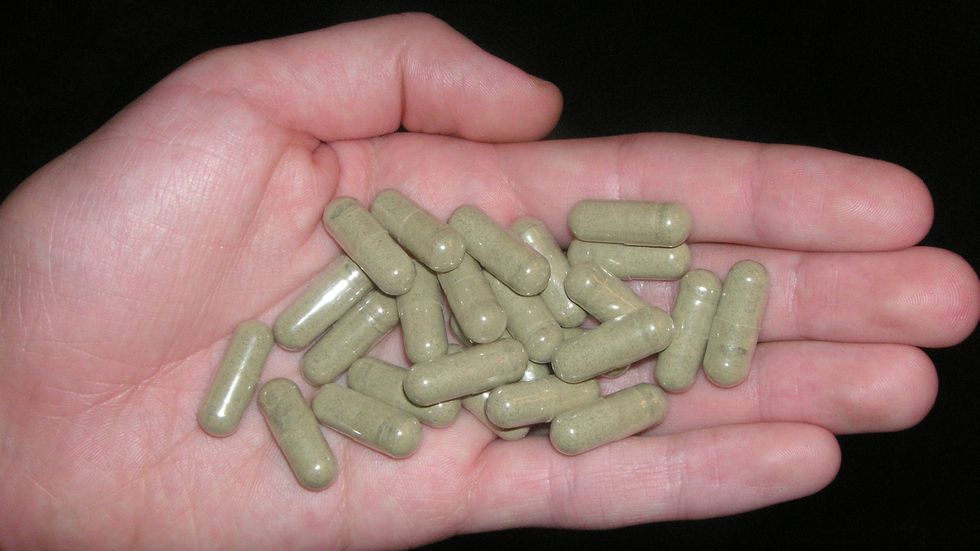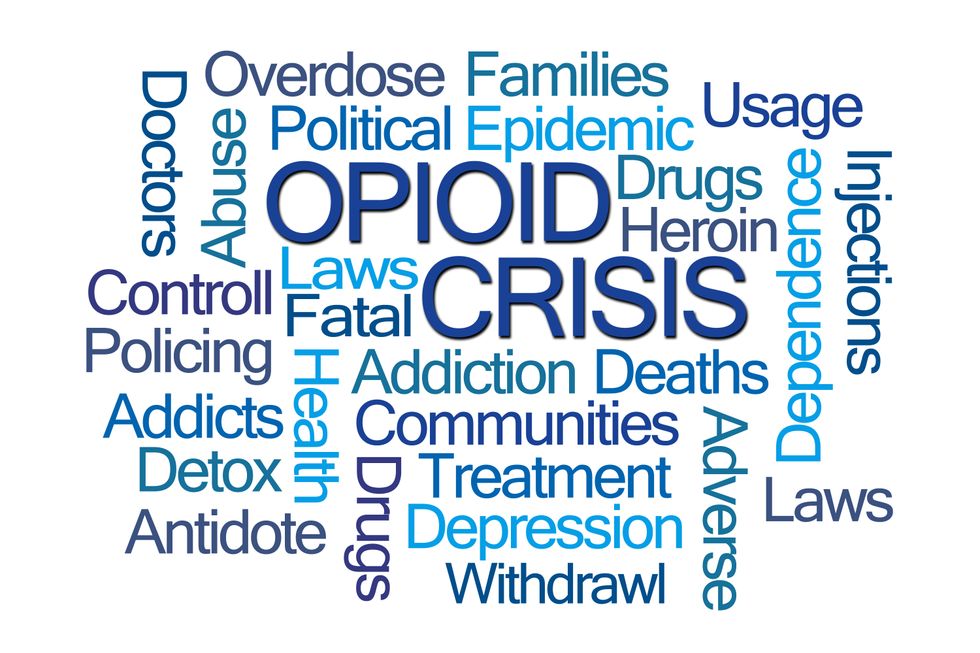Only recently introduced into the United States, kratom use is a quickly growing, yet alarming trend. This newly introduced drug has been used in Southeast Asian countries for centuries by manual laborers to help fight fatigue and increase productivity. According to the article, Following “the Roots” of Kratom (Mitragyna speciosa): The Evolution of an Enhancer from a Traditional Use to Increase Work and Productivity in Southeast Asia to a Recreational Psychoactive Drug in Western Countries, Kratom is a tropical tree native to Southeast Asia, the Philippines, and New Guinea.
The leaves of this tree, a member of Rubiaceae family, like coffee and gardenia, were either chopped fresh or dried and then chewed or made into a tea.
Kratom has now been classified as a new psychoactive substance by the United Nations Office on Drugs and Crime, according to the article Effects of Kratom. Common street names for this popular substance include Thang, Krypton, Kakuam, Thom, Ketum, and Biak-Biak (a common name in Thailand).
Kratom use has been advertised as a treatment for opiate addiction and withdrawal and has been used as an alternative treatment for pain. It has been touted as safe, legal, and undetectable on drug screens, with healing properties, which has been a draw for users who desire the high associated with kratom, while being concerned about passing drug tests.
According to the CDC’s in 2010, U.S. Poison Control Centers received only 26 calls reporting exposure to kratom. By 2015, this number had increased to 263 calls, with 36 kratom-related deaths having been reported.
The report also states that some “case reports have associated kratom exposure with psychosis, seizures, and deaths.” Because of these reports, many jurisdictions have passed, or are considering passing legislation that will make kratom use a felony. This plant, which has evolved into an increasingly popular street drug, has been restricted in many Southeast Asian and European countries.
In November of this year, the FDA Commissioner, Scott Gottlieb, M.D., released a statement regarding the deadly risks associated with kratom, saying that the evidence shows that kratom is similar in its effects and risks to opioids, but is a narcotic, causing abuse, addiction, and death, thus their concern with its growing popularity.
In his statement, the FDA Commissioner goes on to discuss the concern with opioid addicts using kratom without consulting a health care provider due to the “dangerous potential side effects or interactions with other drugs.” Until there is research and clear evidence of any benefits of kratom, the FDA has “exercised jurisdiction over kratom as an unapproved drug, and has also taken action against kratom-containing dietary supplements.”
Gottlieb also makes it a point to mention that “no marketer has sought to properly develop a drug that includes kratom.” The FDA states that they “remain open to the potential medicinal uses of kratom,” but that they “must be backed by sound-science and weighed appropriately against the potential for abuse.” Gottlieb concludes by encouraging supporters of kratom-use to conduct research and studies to back their claims with scientific evidence, then, and only then, will the FDA reconsider its stance on kratom.
The effects of kratom are varied depending on the dosage. It is both a depressant and a stimulant. At lower doses, it can increase “alertness, boost physical energy, talkativeness, and a more social behavior,” according to an article about kratom found on Drugs.com. At higher doses, it has “opioid and CNS [Central Nervous System] depressant effects.”
Effects occur rapidly, and can begin within 10 minutes of consumption and can last from one to five hours. Some of these effects can be edginess, nervousness, severe and prolonged vomiting, severe nausea, sweating, itching, constipation, delusions, lethargy, respiratory depression, tremors, aggressive behavior, psychotic episodes, hallucinations, and paranoia.
A search for “kratom” on Google has a result of over four million hits. Under the Shopping tab, there were 11 pages of items to choose from. These items available for purchase ranged from kratom as a dietary supplement to t-shirts, to coffee mugs, to flasks, to books on how to maximize kratom use. This “new” drug trend is concerning as kratom use is expected to continue to rise in the next ten years, as people seek novel psychotic drugs.
Because it is not a controlled substance, there are many dangers to purchasing this kratom. According to the Drugs.com article, “As with many herbal alternatives, designer drugs, or illicit products sold on the internet, the possibility exists that kratom may also be contaminated with illegal drugs, black market prescription medications, or even poisonous products.” The article goes on to warn consumers to be wary of purchasing unknown drug products online, and kratom combined with other drugs are unknown and can be dangerous.
Opioid addicts reportedly use kratom to avoid the narcotic-like withdrawal side effects that are similar to that of opioid withdrawal side effects. Some of these side effects may include irritability, anxiety, craving, yawning, runny nose, stomach cramps, sweating, and diarrhea. What many people don’t understand is that kratom is also an addictive substance as well. While addicts are using this to help overcome their opioid addiction, they are setting themselves up for an addiction to another potentially dangerous substance, and will, then, need to detox from kratom in order to become completely clean from drugs.
As with many things, kratom has gained so much popularity that there is an American Kratom Association. According to their website, the association was established in 2014 to provide “full consumer access to kratom and to preserve and protect the freedom of consumers in the United States to make their own choices on their well-being and maintaining a healthy lifestyle.” Their goal is to “protect the right of all Americans to use the natural botanical Kratom for improved health and well-being.”
They claim that their association was formed to organize the community of responsible users and to educate the public and lawmakers on the benefits of the plant. They also claim that among their community of responsible users are doctors, lawyers, teachers, and law enforcement officers.
Gottlieb explains that kratom is under close scrutiny and that “there are significant safety issues associated with its use,” and, until they have that science-based evidence, it will continue to be a public health risk. Meanwhile, the American Kratom Association will continue to attempt to educate the general public and lawmakers, and fight legislation restricting access to kratom.




















